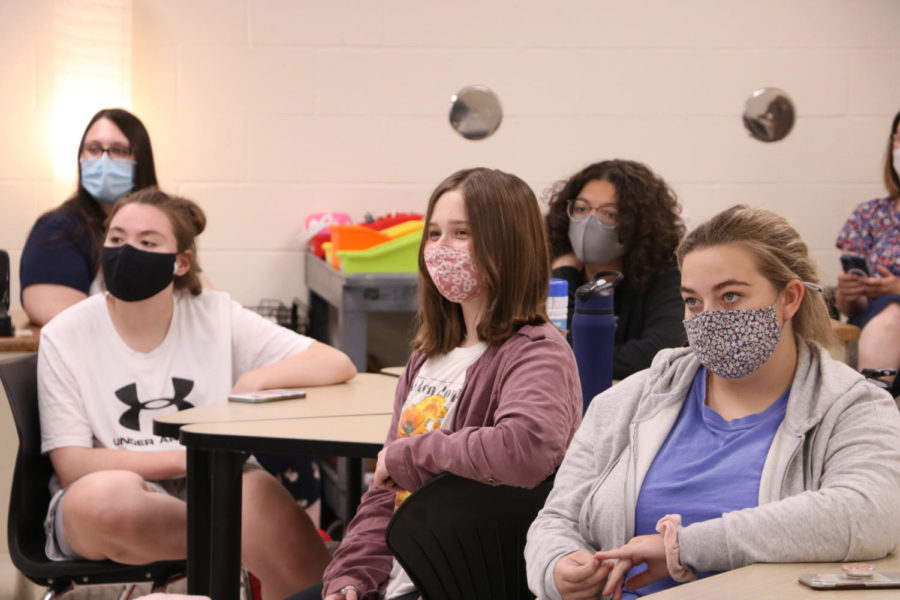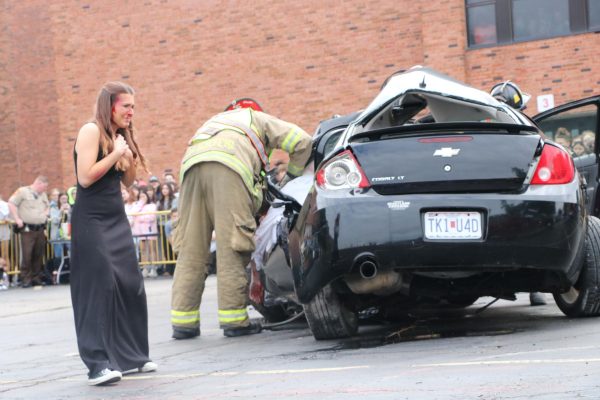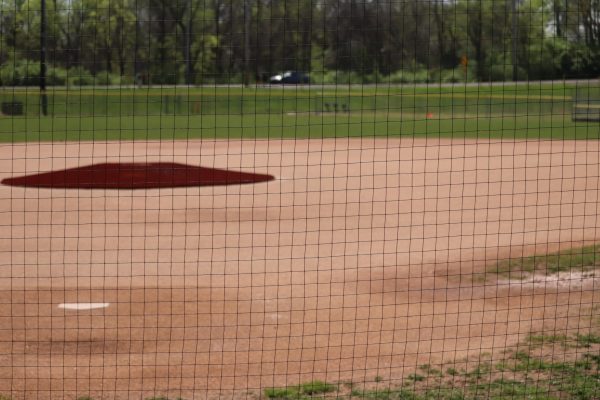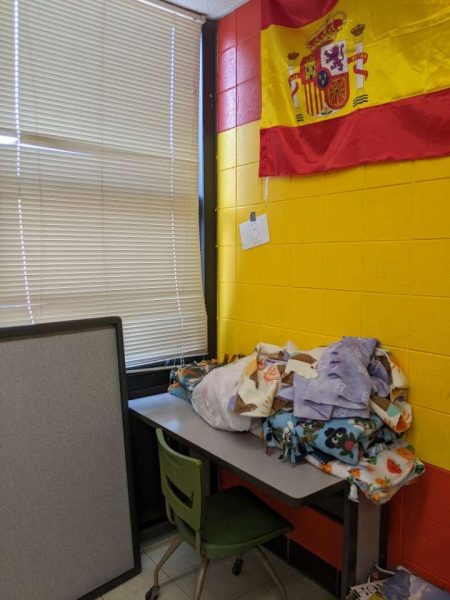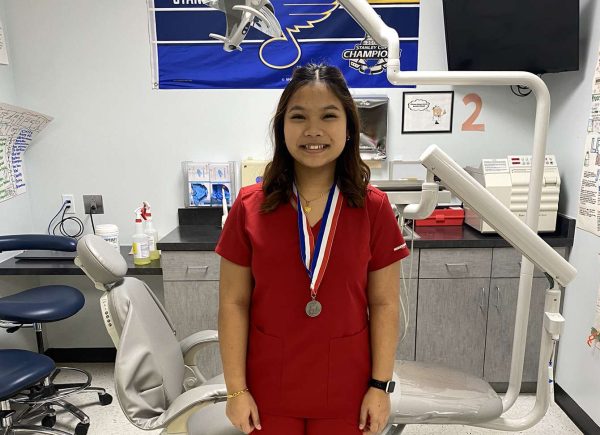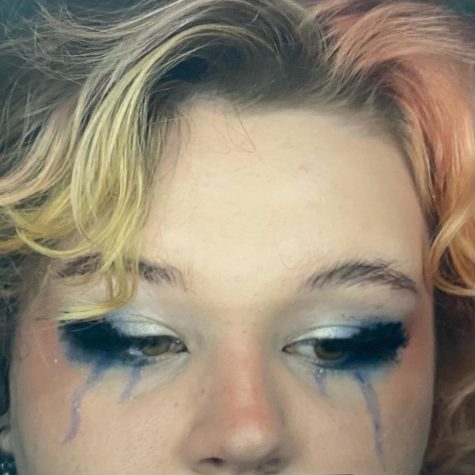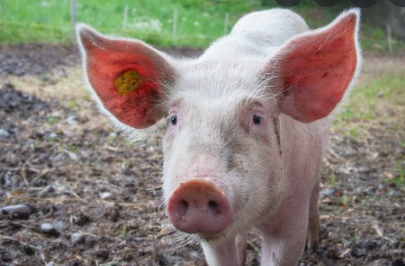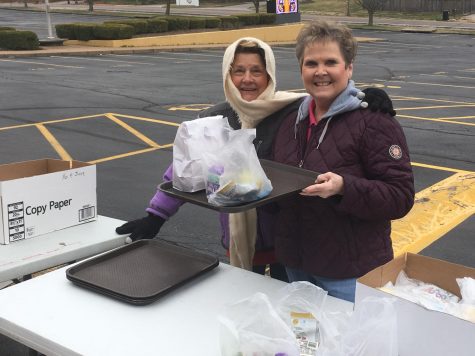OHS students, staff hope that school can better represent the diverse range of students
Members of the GSA (Genders and Sexualities Alliance Network) during meeting.
It is generally agreed upon that school should be a safe and uplifting environment for all students, but some non-binary, bigender and other gender identities outside the gender binary students feel like the Mehlville School District has a long way to go before school becomes a truly safe place for all gender identities.
As societal ideas about gender have developed and progressed over time, more people have found the courage to publicly come-out and identify somewhere between or outside the gender binary. Even though society in general has become more accepting toward nonbinary identities, most people are unaware of the struggles faced by these students.
“People can be so judgemental,” Lee Eckard [They/Them] (12) said. “I just don’t feel comfortable going: ‘Hey, I’m nonbinary.’ Some people don’t understand my identity and pronouns, and others don’t even try.”
As non-binary identities and pronouns like they/them or neopronouns like ze/zim are not universally understood, some students don’t feel like they are truly being welcomed into school life and instead are being excluded by the language and certain restrictive processes at school.
“We need a gender-neutral or all gender bathroom,” an OHS student said*. “Actually, it’s kind of crazy that we don’t. Why should I have to decide where in the gender binary I fit best when I am non-binary? I try not to go to the bathroom, but if I have to, the only place that affirms my gender identity is the nurse’s bathroom.”
Currently at OHS, there are five “girls’” restrooms and a “girls’” locker room equipped with facilities, and six “boys’” restrooms and a “boys’” locker room with a restroom as well. Yet, the only restroom available to students that is not labeled based on the gender binary is the restroom located in the nurse’s office.
“I could walk into a bathroom of just girls, which doesn’t feel right, or I could go into the boys and be ridiculed,” Rue Murvihill [All Pronouns] (11) said. “You can either be in the place with the wrong representation, or not feel safe in the other environment. How is either situation fair?”
“We need to show these kids that we see you, we love you and we care about you. I want that to be the message that OHS is getting across. — Ashley Ward
Students are not the only ones noticing the lack of options, resources and gender affirming practices at school.
“I think we need to create a safe place for all, and I’m not saying there aren’t safe places, but we need to be able to make the entire school a safe place,” GSA sponsor Ashley Ward said. “We need to normalize the conversation [about the range of identities and pronouns, and how that is okay] and make it something that every teacher is talking about in every single classroom.”
Despite the moves that society seems to be making toward inclusion, some students still feel excluded in one of the most important places in a young person’s life: the classroom.
“[My sibling] feels a little out of place in the school setting. Most people have binary gender identities, but there are a lot of exceptions to that,” Jivanji Sumariwalla [He/Him] (12) said. “The system itself is pretty heavily gendered, and I think the first step is to use the they/them pronouns–not sticking to the gender binary.”
Most people can’t relate to the fear and uncertainty of being called by the wrong name or pronoun. A word like he, she or they might seem unimportant to someone who is not transgender, nonbinary or another gender identity, but for some students, those words are immensely important as they help to represent who they are as a person.
“Something I started to do this year is including she/her in my emails,” Ward said. “I think that this is a big step in the right direction by showing kids that adults are doing this too, and it is not something you need to be ashamed of or embarrassed of. We need to normalize the sharing of pronouns and asking the pronouns of others. This year, I’ve been more proactive in asking kids their pronouns. We are upfront about it, making [the classroom] a safe place where we can share without that shame.”
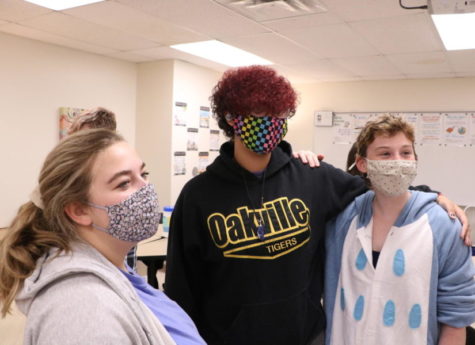
For most students, no matter their identity, they just want to be accepted and seen within their school community.
“It’s not worth the self-hatred to try and be someone you’re not,” Murvihill said. “Be who you are; in the end, that’s the most important thing.”
As society continues to become more open toward creating meaningful and inclusive places for all, OHS is trying to do the same thing for all of its students.
“We need to show these kids that we see you, we love you and we care about you,” Ward said. “I want that to be the message that OHS is getting across.”
*Student asked to remain anonymous
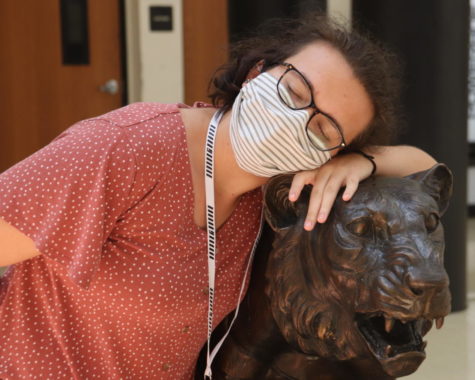
Hi y’all, I’m Nataleigh! This is my second year a part of the journalism staff, and I am very excited! Besides writing, the performing arts are a big...


